Top 10 High Iron Foods to Boost Your Energy Levels
Iron is an essential mineral that plays a crucial role in the human body. It is an essential component of hemoglobin, which is responsible for carrying oxygen to all parts of the body. Iron is also necessary for the production of myoglobin, a protein that helps store and transport oxygen in muscle tissue. Unfortunately, iron deficiency is one of the most common nutrient deficiencies worldwide, leading to anemia, fatigue, and other health problems. One way to combat iron deficiency is to consume foods high in iron. In this blog post, we will explore some of the best dietary sources of iron.
Red meat
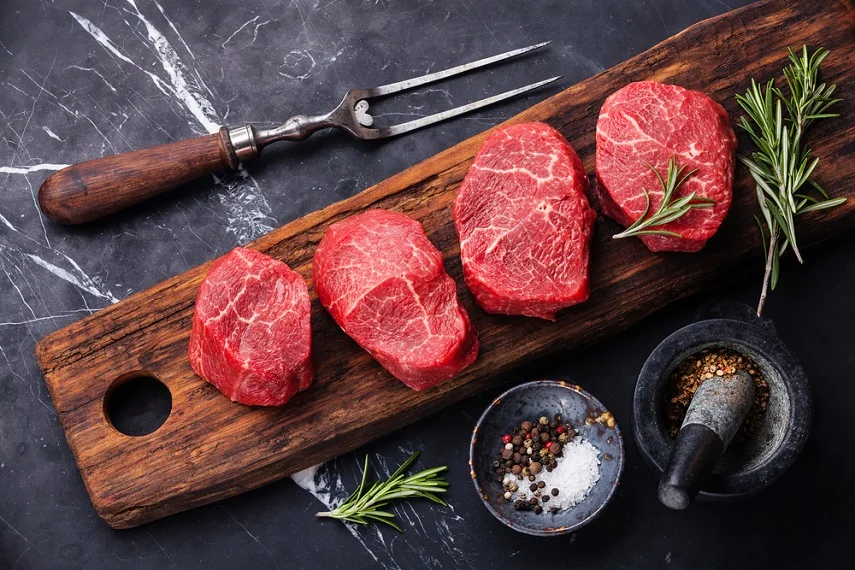
Red meat is one of the most commonly consumed sources of heme iron. Heme iron is found in animal products and is more easily absorbed by the body compared to non-heme iron found in plant-based sources. A 3-ounce serving of beef contains around 2.6 mg of iron, which is about 15% of the daily recommended intake. However, red meat should be consumed in moderation as it is also high in saturated fat and cholesterol, which can increase the risk of heart disease and other health problems.
In addition to its iron content, red meat is also a good source of protein, vitamin B12, and zinc. Protein is essential for building and repairing tissues in the body, while vitamin B12 is important for maintaining nerve function and producing red blood cells. Zinc is necessary for immune function and wound healing. When choosing red meat, it is important to choose lean cuts and limit consumption to no more than 18 ounces per week.
Poultry
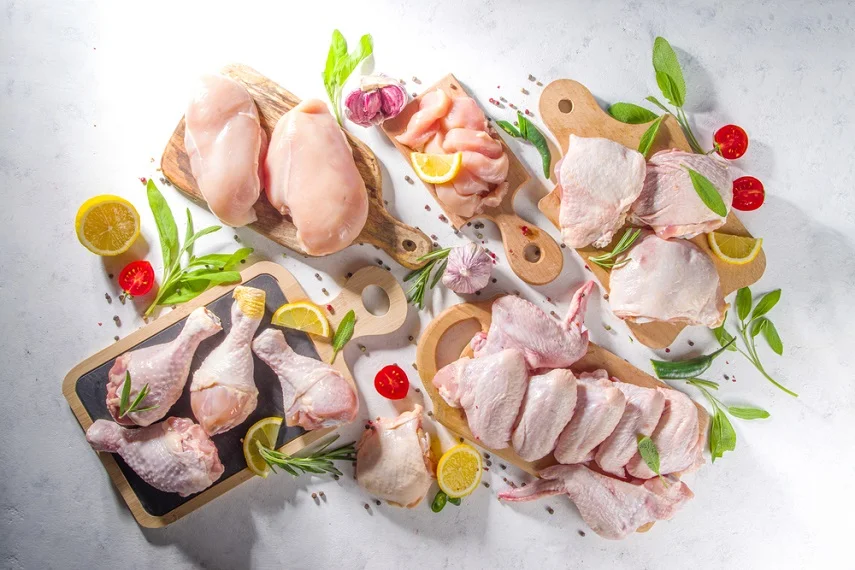
Poultry, including chicken and turkey, is another good source of heme iron. A 3-ounce serving of chicken contains around 1.1 mg of iron, which is about 6% of the daily recommended intake. Poultry is also a good source of protein, with a 3-ounce serving of chicken providing around 21 grams of protein.
Unlike red meat, poultry is lower in saturated fat and cholesterol, making it a healthier alternative. However, it is important to avoid consuming chicken or turkey with the skin, as the skin is high in saturated fat. To maximize the health benefits of poultry, it is recommended to choose skinless, boneless cuts and to limit consumption to no more than 6 ounces per day.
Seafood
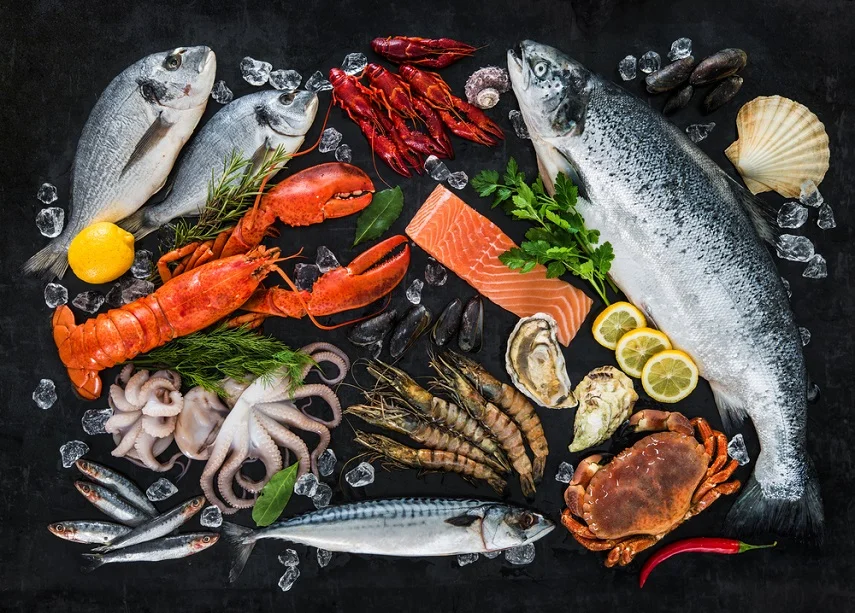
Seafood is another great source of heme iron, with some types of fish containing more iron than red meat or poultry. A 3-ounce serving of canned tuna contains around 1.3 mg of iron, which is about 7% of the daily recommended intake. Other good sources of iron-rich seafood include clams, oysters, and mussels.
In addition to iron, seafood is also rich in omega-3 fatty acids, which can help reduce inflammation and lower the risk of heart disease. However, some types of seafood, such as shark and swordfish, can be high in mercury, which can be harmful to health. It is recommended to choose low-mercury options, such as salmon, sardines, and shrimp, and to limit consumption to no more than two servings per week.
Beans and lentils
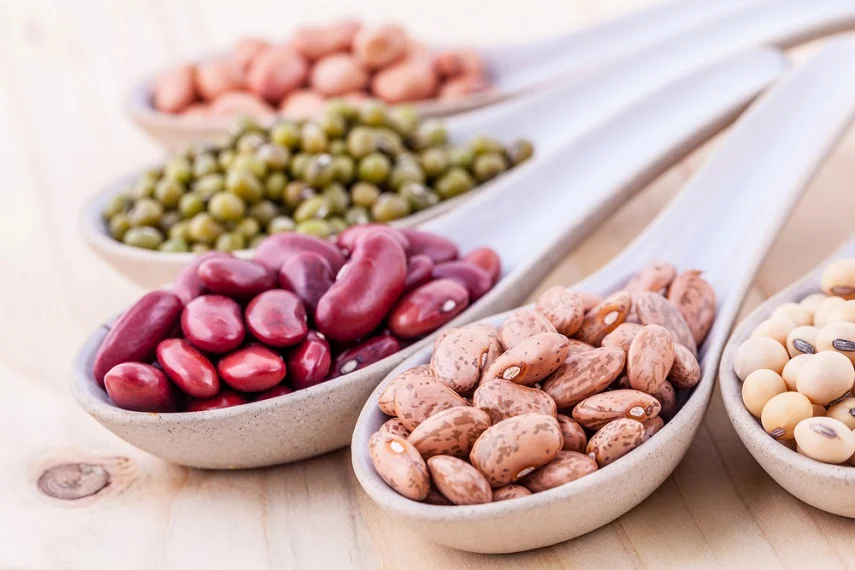
Beans and lentils are excellent sources of non-heme iron, which is found in plant-based sources. A cup of cooked lentils contains around 6.6 mg of iron, which is about 37% of the daily recommended intake. Other good sources of iron-rich beans include kidney beans, chickpeas, and black beans.
In addition to iron, beans and lentils are also rich in fiber and protein, making them a healthy addition to any meal. The fiber in beans and lentils can help regulate blood sugar levels and lower cholesterol levels. To maximize the health benefits of beans and lentils, it is recommended to choose dried or canned options without added salt or sugar.
Dark, leafy greens
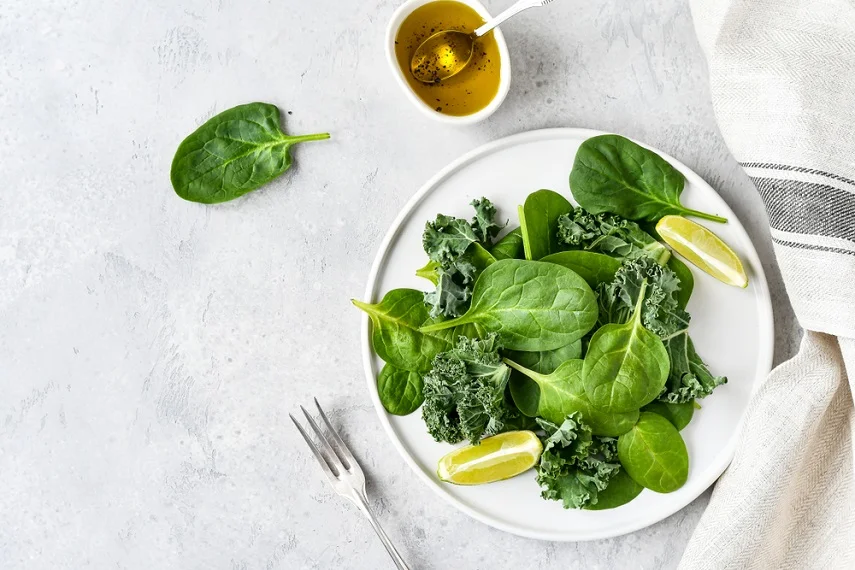
Dark leafy greens, such as spinach and kale, are rich in non-heme iron. A cup of cooked spinach contains around 6.4 mg of iron, which is about 36% of the daily recommended intake. Other good sources of iron-rich dark leafy greens include Swiss chard, collard greens, and mustard greens.
In addition to iron, dark leafy greens are also rich in vitamins and minerals, including vitamin K, vitamin A, and folate. The vitamin K in dark leafy greens is important for bone health, while folate is important for brain function and the production of DNA.
Nuts and seeds
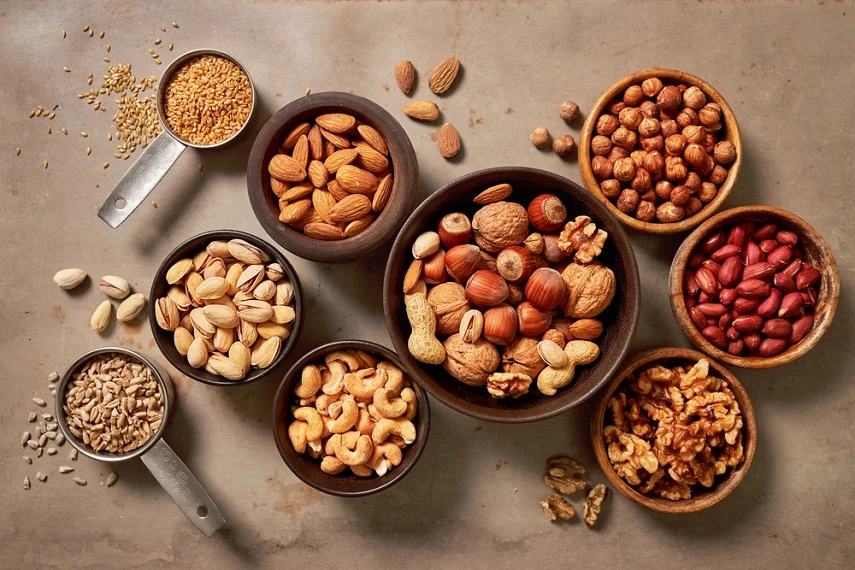
Nuts and seeds are another great source of non-heme iron. A 1-ounce serving of pumpkin seeds contains around 4.2 mg of iron, which is about 23% of the daily recommended intake. Other good sources of iron-rich nuts and seeds include cashews, almonds, and sunflower seeds.
In addition to iron, nuts and seeds are also rich in healthy fats, fiber, and protein. The fiber in nuts and seeds can help regulate digestion, while the healthy fats can help reduce inflammation and lower cholesterol levels.
Tofu
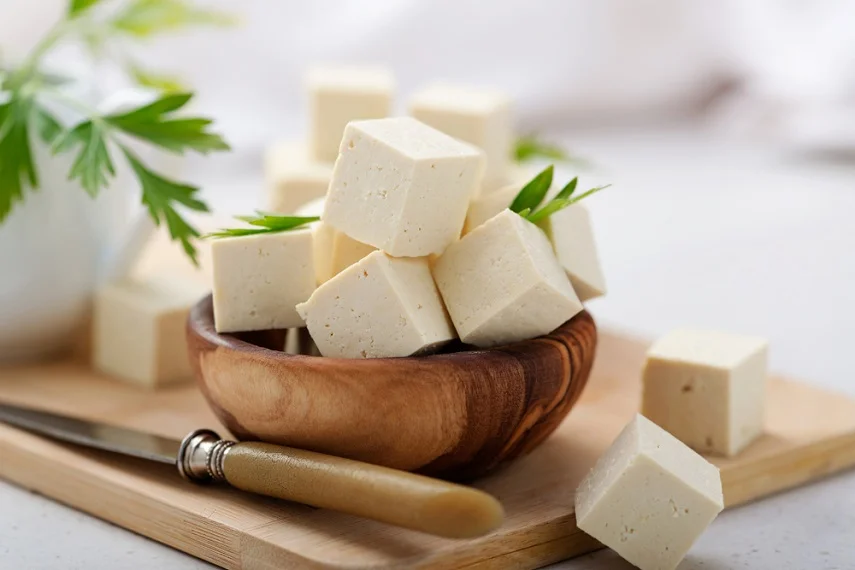
Tofu is a popular vegetarian source of non-heme iron. A 1/2-cup serving of tofu contains around 3.4 mg of iron, which is about 19% of the daily recommended intake. Tofu is also a good source of protein, providing around 10 grams per serving.
In addition to iron and protein, tofu is also a good source of calcium, which is important for maintaining strong bones. Tofu is a versatile ingredient that can be used in a variety of dishes, from stir-fries to smoothies.
Dried fruit
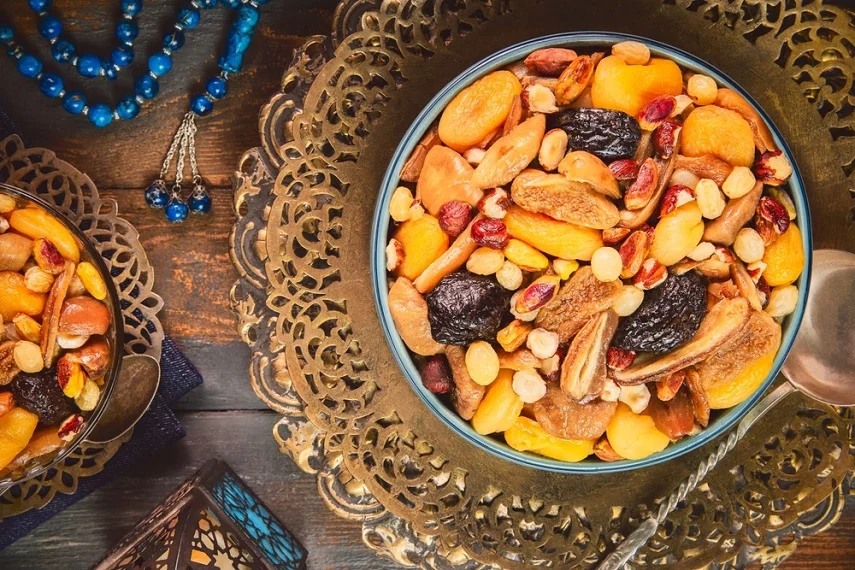
Dried fruit, such as raisins, apricots, and prunes, are another good source of non-heme iron. A 1/2-cup serving of raisins contains around 1.6 mg of iron, which is about 9% of the daily recommended intake.
In addition to iron, dried fruit is also rich in fiber and antioxidants, which can help reduce inflammation and lower the risk of chronic diseases. However, dried fruit is also high in sugar, so it should be consumed in moderation.
Fortified cereals
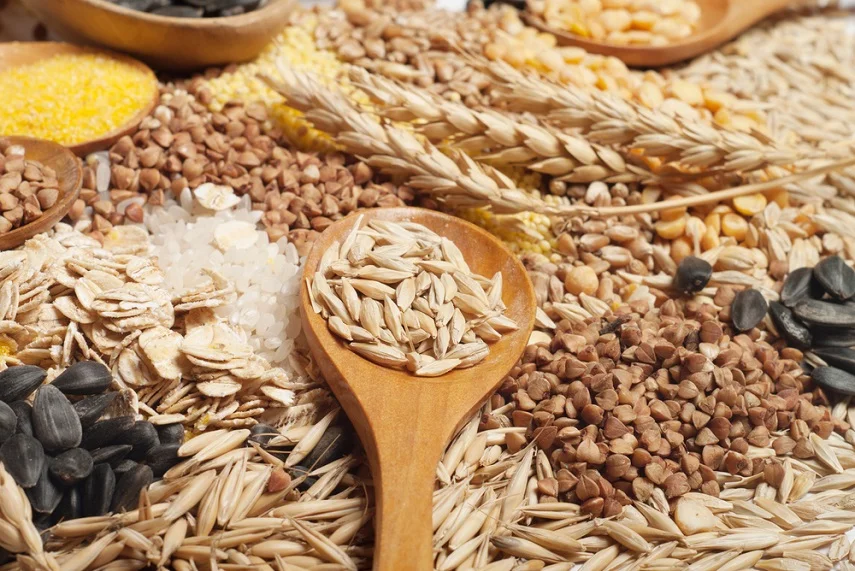
Many breakfast cereals are fortified with iron, making them a convenient source of this important mineral. A serving of fortified cereal can provide anywhere from 18% to 100% of the daily recommended intake of iron, depending on the brand.
When choosing a fortified cereal, it is important to read the label carefully and choose options that are low in sugar and high in fiber. Pairing fortified cereal with milk or yogurt can also increase the absorption of iron.
Quinoa
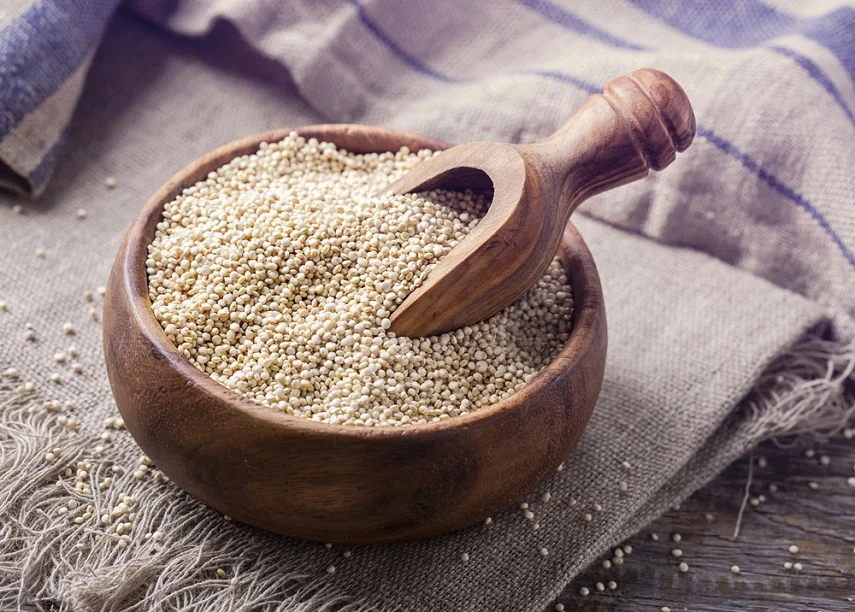
Quinoa is a nutritious grain that is a good source of non-heme iron. A cup of cooked quinoa contains around 2.8 mg of iron, which is about 16% of the daily recommended intake. Quinoa is also a good source of protein, providing around 8 grams per serving.
In addition to iron and protein, quinoa is also rich in fiber, magnesium, and phosphorus. The fiber in quinoa can help regulate digestion, while magnesium is important for bone health and blood sugar regulation. Quinoa is a versatile ingredient that can be used in a variety of dishes, from salads to breakfast bowls.
Bottom Line
In conclusion, iron is an essential mineral that plays a critical role in the human body. Eating a diet rich in iron can help prevent iron deficiency and its associated health problems. Red meat, poultry, seafood, legumes, dark, leafy greens, nuts and seeds, and fortified cereals and bread are all excellent sources of iron. By incorporating these foods into your diet, you can ensure that you are getting enough iron to stay healthy.














